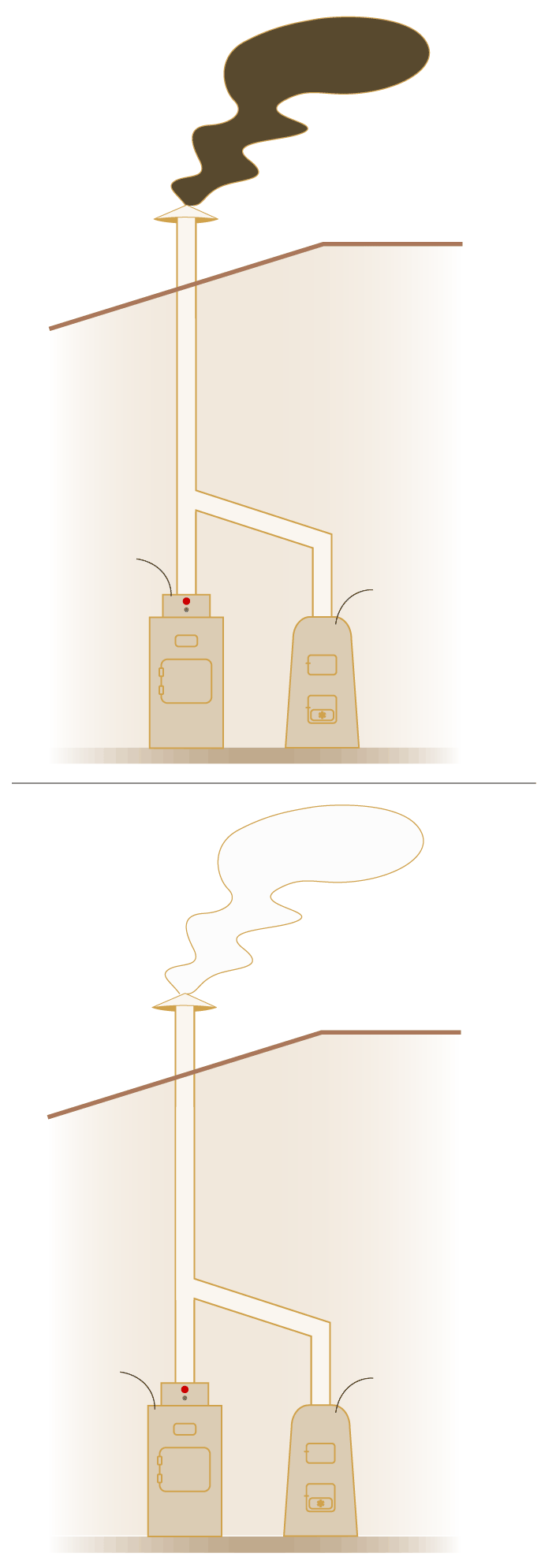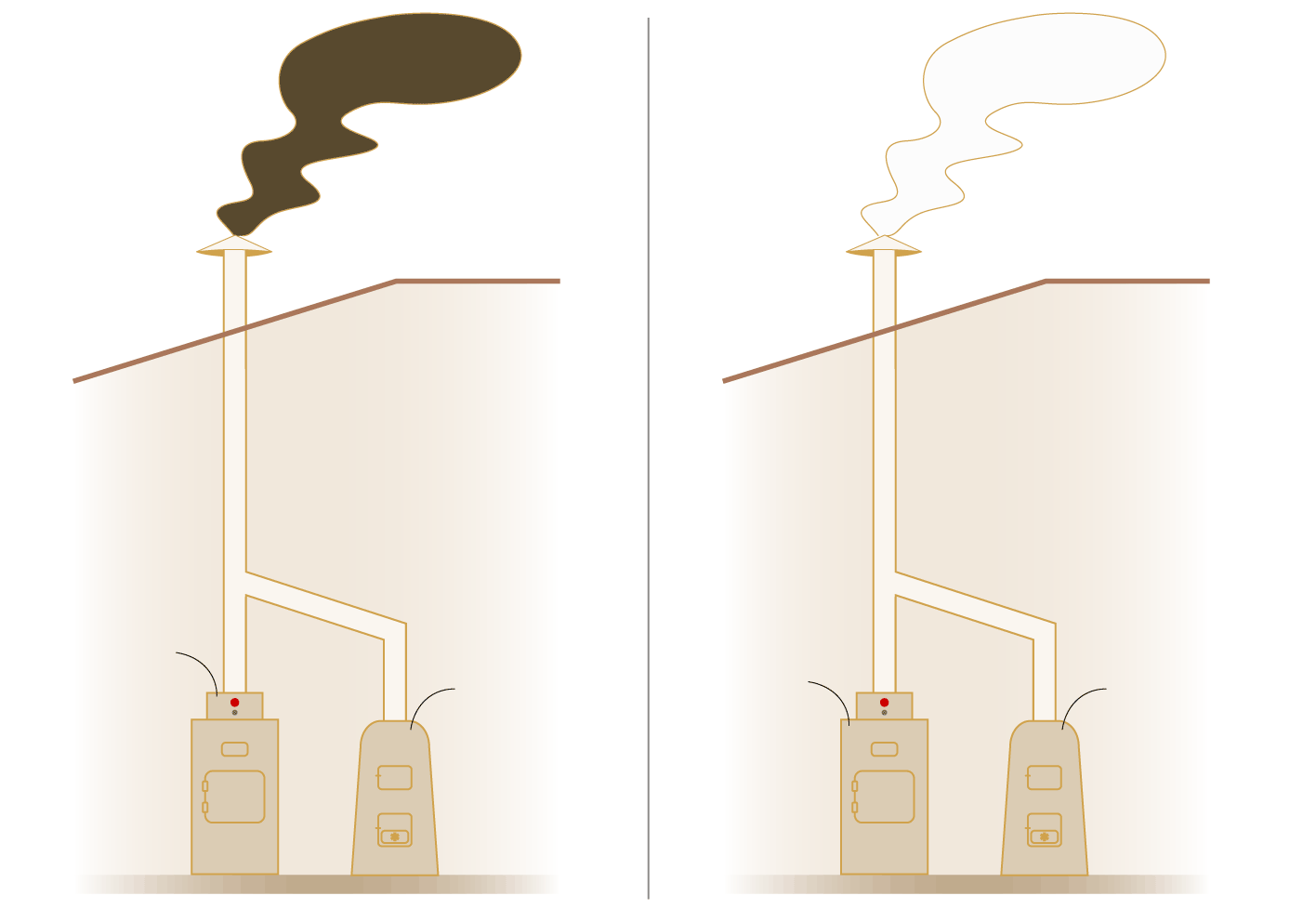How the smoke signals work during conclave
After each voting session, the ballots are burned with chemicals in stoves installed at the back of the Sistine Chapel, producing smoke that indicates the result to those outside.

Black smoke
means no candidate
has received the
required majority of
the votes cast.
Chemicals used for black smoke: potassium perchlorate, anthracene and sulphur.
Two stoves
There are two stoves installed at the back of the Sistine Chapel to feed the smoke to the famous chimney.
Smoke-
producing device
Ballot-
burning stove
White smoke
means cardinals have
reached a consensus
and elected a new
pope.
Chemicals used for white smoke: potassium chlorate, lactose and rosin – a natural amber resin from conifers.
The more modern stove was added in 2005.
The older stove, cast in 1938, is etched with the dates of the conclaves it was used in.

Black smoke
means no candidate
has received the
required majority of
the votes cast.
Chemicals used for black smoke: potassium perchlorate, anthracene and sulphur.
Two stoves
There are two stoves installed at the back of the Sistine Chapel to feed the smoke to the famous chimney.
Smoke-
producing device
Ballot-
burning stove
White smoke
means cardinals have
reached a consensus
and elected a new
pope.
Chemicals used for white smoke: potassium chlorate, lactose and rosin – a natural amber resin from conifers.
The more modern stove was added in 2005.
The older stove, cast in 1938, is etched with the dates of the conclaves it was used in.

Black smoke
means no candidate
has received the
required majority of
the votes cast.
White smoke
means cardinals have
reached a consensus
and elected a new
pope.
Chemicals used for black smoke: potassium perchlorate, anthracene and sulphur.
Chemicals used for white smoke: potassium chlorate, lactose and rosin – a natural amber resin from conifers.
Two stoves
There are two stoves installed at the back of the Sistine Chapel to feed the smoke to the famous chimney.
Smoke-
producing device
The more modern stove was added in 2005.
Ballot-
burning stove
The older stove, cast in 1938, is etched with the dates of the conclaves it was used in.